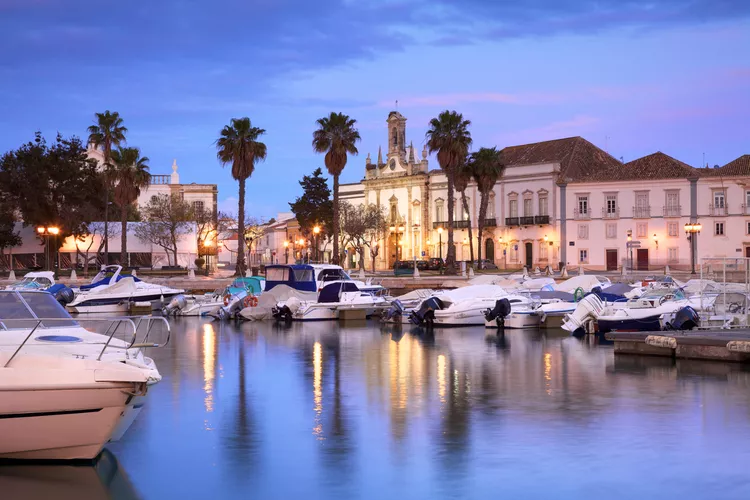1. Introduction
Discover the hidden treasures along the Coast of Light, a scenic route from Seville to Faro.
2. Seville
Explore the rich history and beautiful architecture of the Andalusian capital.
3. Doñana National Park
Learn about this important sanctuary for wildlife, including birds and waterfowl.
4. Huelva
Dive into the fascinating history and cultural influences of Huelva.
5. Isla Canela and Ayamonte
Relax on the beaches and enjoy the charming streets of Ayamonte.
6. Faro
Discover the picturesque old town and vibrant atmosphere of Faro.
7. Driving Route
Learn the best route and tips for your journey from Seville to Faro.
The far southwestern corner of Andalusia is somewhat off the beaten track, but those who venture there are in for a big dollop of history, a scenic national park, quiet and beautiful beaches, and fresh seafood galore. Its 75-mile coastline on the Atlantic is called the Coast of Light, or Costa de la Luz. The distance from Seville, Spain, to Faro, Portugal, is about 125 miles and can be driven in about two hours. However, you’d miss a lot if you just drove straight from one place to the other. Here’s what you can expect to find along the way.
Seville
Seville is the capital of Andalusia and is known for its abundance of Moorish architecture. The Moors controlled Andalusia from the eighth to the 15th centuries, and history resonates all over Seville. Moreover, before that, the Romans were there. It’s known for its sunny climate and modern outlook against its ancient roots.
Doñana National Park
Doñana National Park, on the Guadalquivir River where it flows into the Atlantic, is dotted with marshes, lagoons, dunes, and scrub woodland. It serves as a sanctuary for birds and waterfowl. It’s located 36 miles off the main road to Faro, southwest of Seville, but it’s certainly worth the time.
Huelva
Huelva, halfway between Seville and Faro, sits on marshland. Much of its long history was lost when the city collapsed during an earthquake in 1755. Nonetheless, it remains interesting. The British came and made it a colony in 1873 when they set up the Rio Tinto Mining Company. They introduced their culture: private clubs, Victorian decor, and a steam railway. The locals still enjoy playing billiards, badminton, and golf. Although Francisco Franco sent the British packing in 1954, relics from that era remain.
Isla Canela and Ayamonte
Isla Canela is an island just south of Ayamonte on Spain’s border with Portugal. If you wish to relax on the beach and savor some delicious seafood, this is the perfect destination. Ayamonte boasts an old town district with quaint narrow streets that exude charm and appeal. Plazas intersperse along these streets, offering numerous fun bars and restaurants for a pleasant afternoon’s stroll. These two spots provide an intriguing stop on the journey to Faro.
Faro
Faro is the capital of Portugal’s Algarve region, and like Andalusia, it remains relatively undiscovered by travelers. Its old walled town features medieval buildings and oozes charm, accompanied by cafes and bars with alfresco seating that makes the most of its mild-to-warm and sunny climate. Moreover, Faro is close to beaches on the Ilha de Faro and the Ilha da Barreta, which are ideal for relaxation.
Driving From Seville to Faro
Follow the A22 and A-49 for this easy and interesting drive. It takes about two hours if you drive straight through. Nevertheless, you have the option to stop on the way for a brief visit to any one of the fascinating spots along the path or even stay overnight to explore more of the Coast of Light between Seville and Faro.





